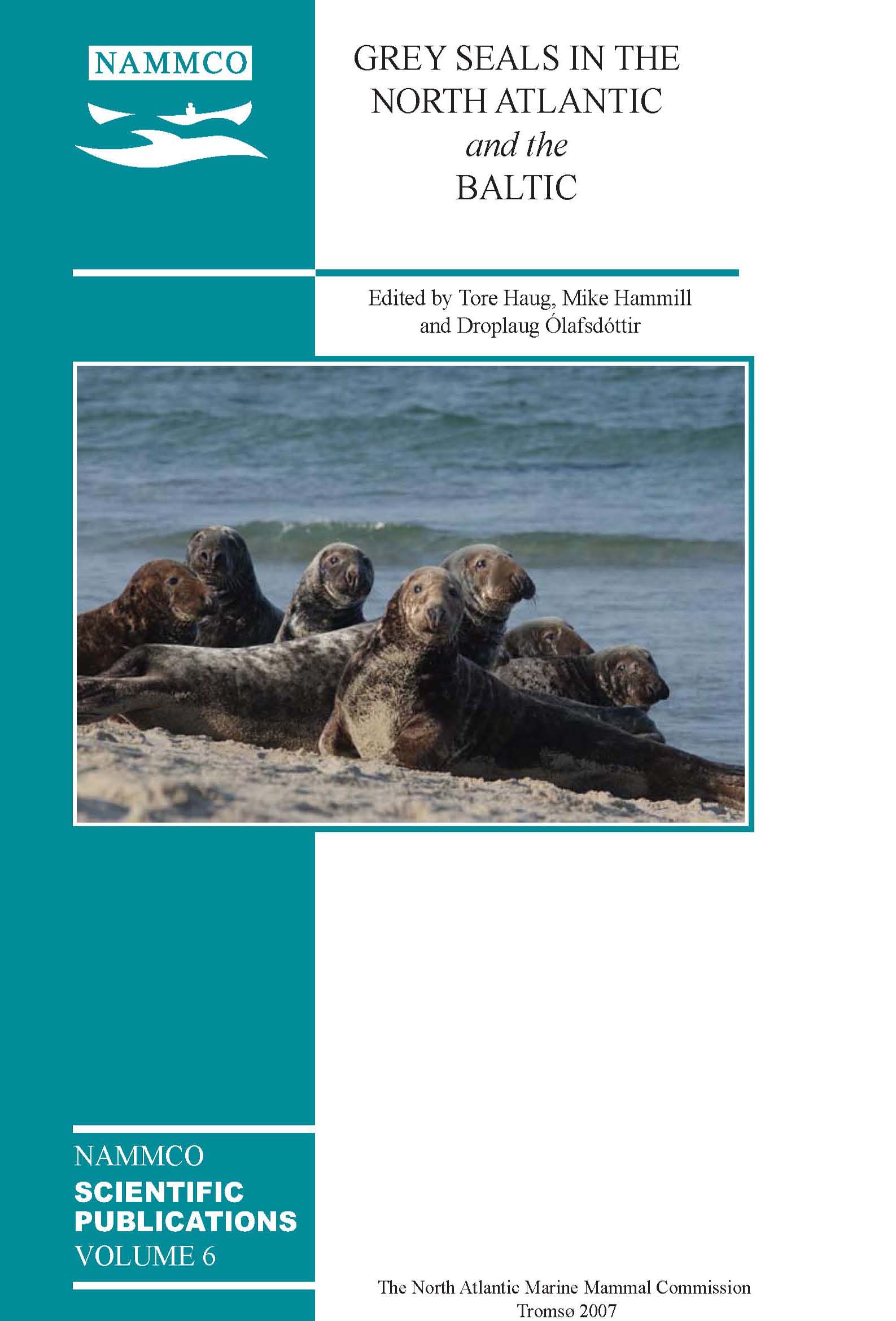Estimates of the size of the Baltic grey seal population based on photo-identification data
DOI:
https://doi.org/10.7557/3.2731Keywords:
grey seals, Baltic Sea, abundance, photo IDAbstract
The size of the year 2000 summer population of grey seals in the Baltic Sea was estimated using identification of individual seals from photographs taken over a period of 6 years. Photos were taken at haul-out sites within all major grey seal areas in the semi-closed Baltic Sea. The point estimate is 15,631, based on a value for annual survival of identification markings of 0.904, which was also estimated using the photo-id data, with 95% confidence limits from 9,592 to 19,005. The estimate is subject to an unknown, but probably small, upward bias resulting from the risk of failure to identify all individuals in the photographs used for the analysis. An estimated minimum of 15,950 seals were counted at moulting haul-outs in 2003, which thus provides a lower bound on the population size in that year and represents 80% of the photo-id point estimate.Downloads
Published
2007-01-01
How to Cite
Hiby, L., Lundberg, T., Karlsson, O., Watkins, J., Jüssi, M., Jüssi, I., & Helander, B. (2007). Estimates of the size of the Baltic grey seal population based on photo-identification data. NAMMCO Scientific Publications, 6, 163–175. https://doi.org/10.7557/3.2731
Issue
Section
Articles





